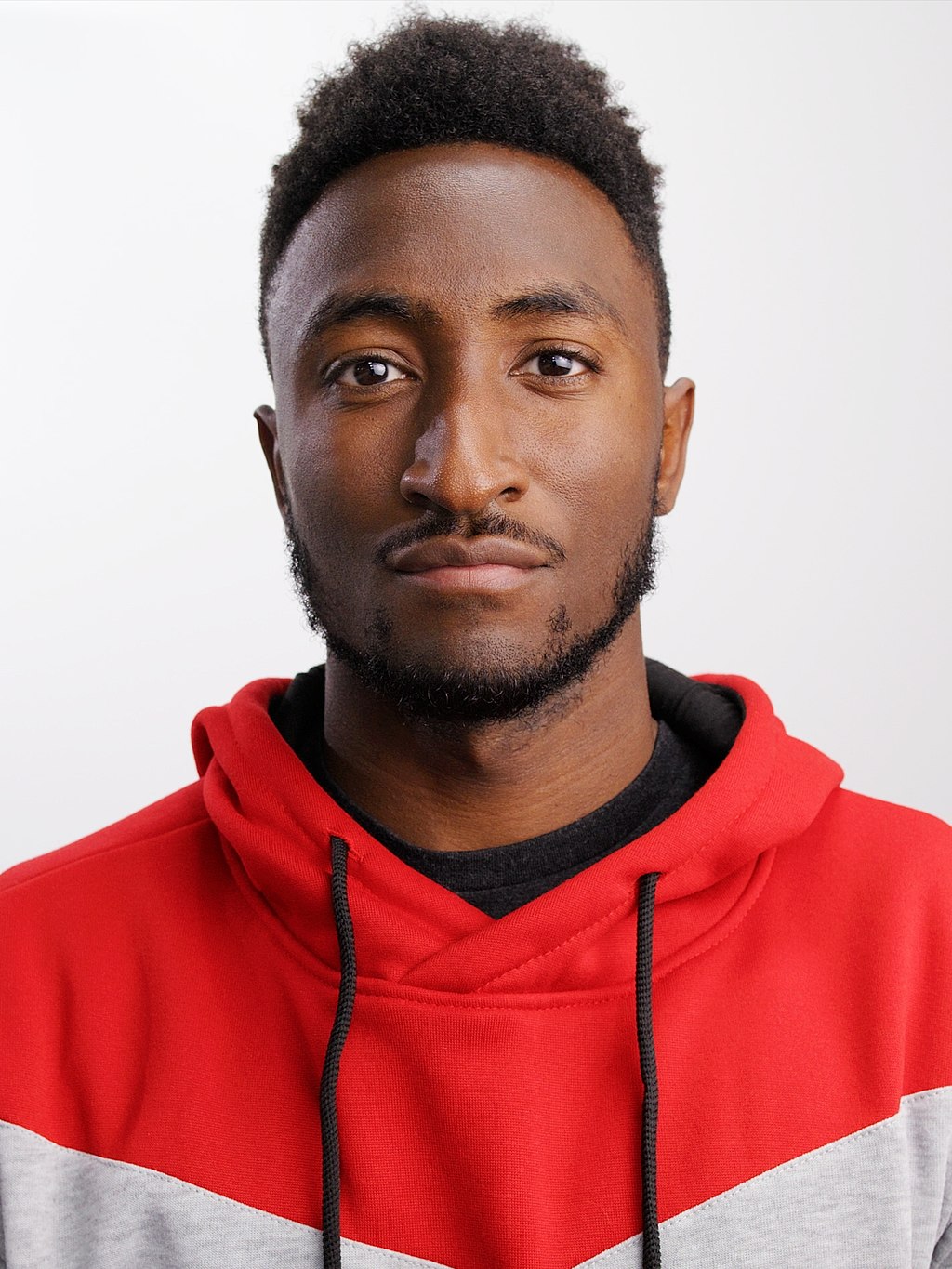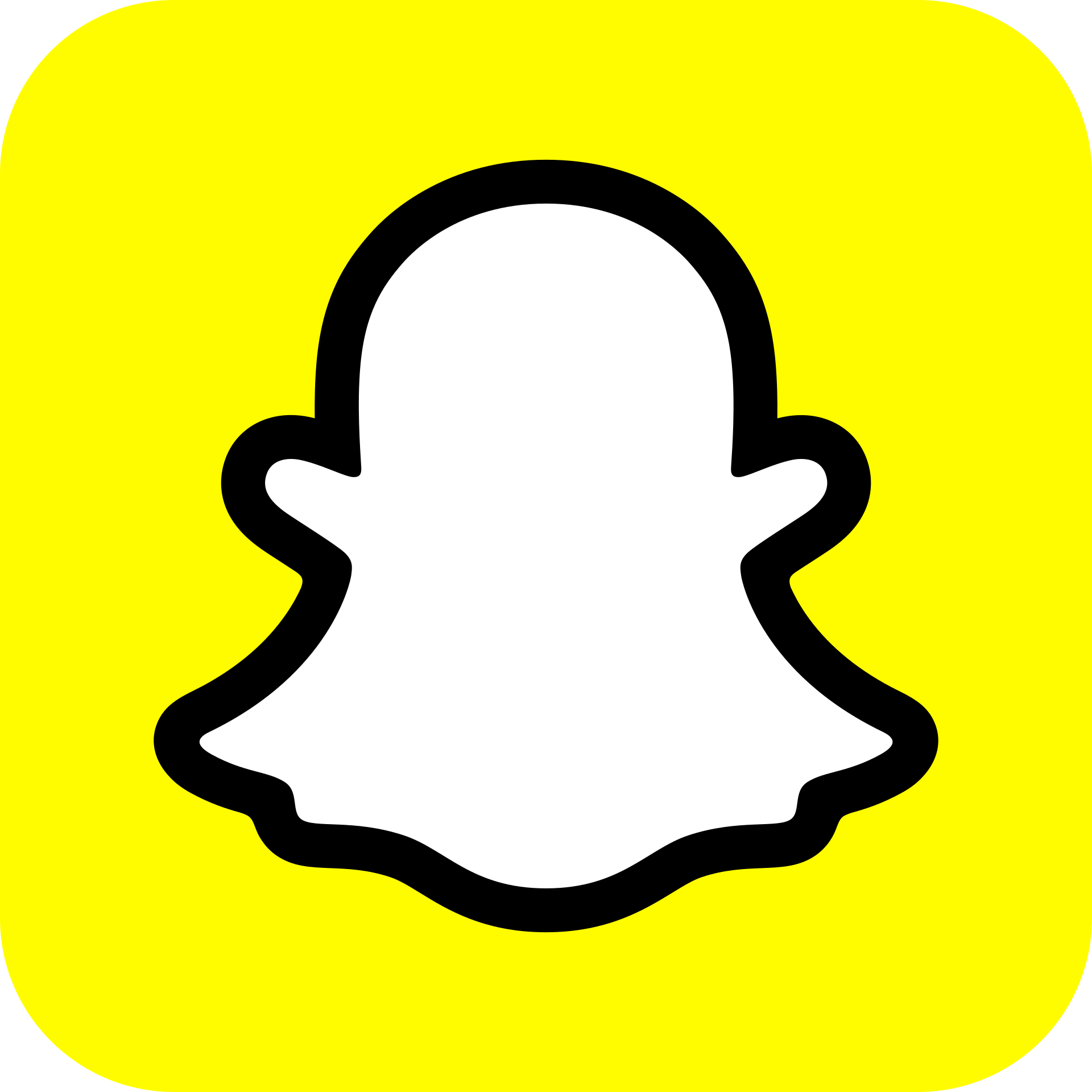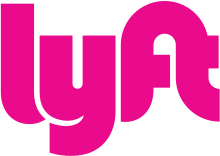
In a world where mass production is the norm and cheap products are king it seems backwards to start a company founded to deliver the opposite– small batches of bespoke luxury goods. That is exactly what Loyal Stricklin delivers. The husband-and-wife-owned company seeks out the highest quality materials and most skilled domestic labour they can find to bring their leather and canvass goods to life. The price is an afterthought, dictated by the high cost of the bespoke production model they follow.

The above backpack is of a quality unmatched by mass-produced alternatives, even designer options. The price of this quality weighs in at $495. If this seems high, it should not. Why? Because Loyal Stricklin has trouble maintaining inventory given how many they sell. They have successfully built a brand for the market outliers, the consumer who wants nothing but the best leather and canvas goods to whom price is just a number.







